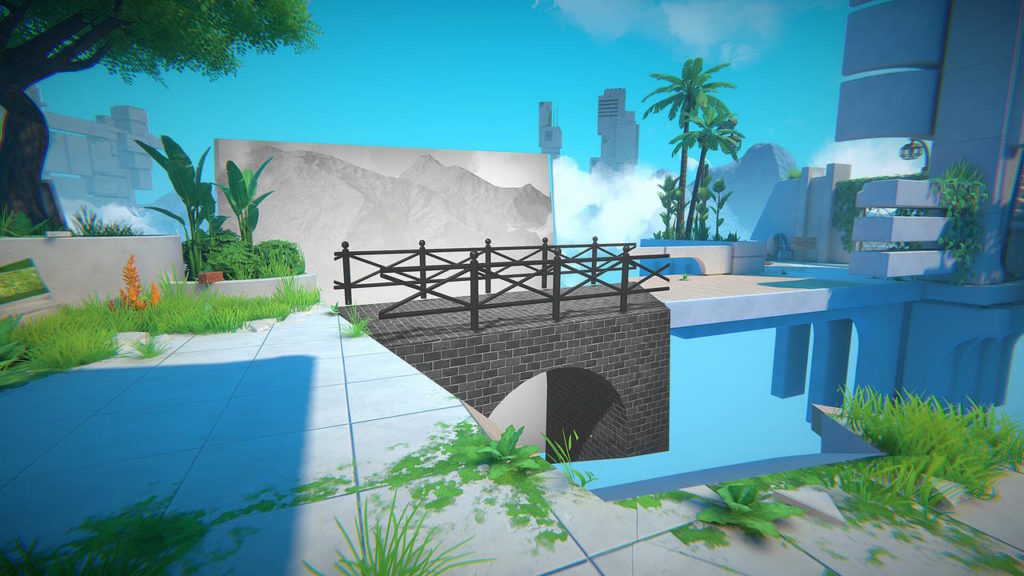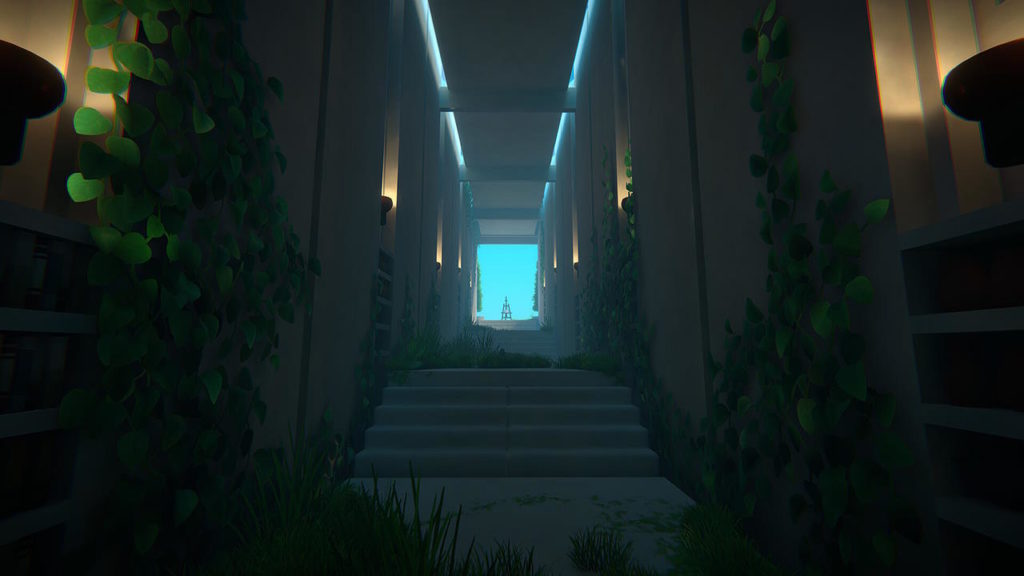Viewfinder asks you to try a new perspective, literally | Hands-on preview
A good puzzler, generally needs to do two things well. One: it needs to have an interesting basis for its puzzles that is simple to understand, but deep enough to offer variety. But secondly it needs to utilise this to create puzzles that tread the right balance of accessibility and challenge. And after spending some time with the early part of Viewfinder by Sad Owl Studios, it’s looking pretty promising on both fronts.
In the case of Viewfinder, its unique mechanic is about images and perspective. You move around a 3D space in a first-person perspective. Around the areas, you will find old Polaroid-style pictures that you can collect. You then use these images to change the world around you. By holding up an image and using it, you replace what was in front of you with the new image. The image is then transformed into a 3D replica, meaning any walkways or walls are now in front of you for you to traverse with real depth to them.
The idea is not cosmetic, but fundamental to the puzzle-solving. The idea for each puzzle is to get to and use the teleporter in the area you’re in. So by using these pictures, and manipulating the landscape, you can make the seemingly unreachable teleporters suddenly much more attainable. The simplest idea could be there is a bridge in the picture, that now appears that you can use to cross a gap to your goal.

But this is just the start of Viewfinder’s ideas. You soon learn you can rotate the images for example, so all of a sudden walls in the picture can be rotated 90 degrees to form that new platform you need. Or maybe think even more out of the box and rotate 45 degrees instead for a handy ramp to a previously unreachable higher ledge. Also given your 3D space, you can also change the perspective of how you enter the picture area. Look at your feet and place the image, and you will fall into the picture from above, which depending on the picture you’ve found, could give you just the right perspective to proceed.
And so Viewfinder goes on with its ideas. Some teleporters need powering with batteries which you must locate in the area, or in some cases, use a clever combination of pictures to recreate new ones. Certain levels also allow you to take new photos or photocopy ones you’ve found, further expanding your options to get to the goal. And all of these ideas are just in the early levels that form the preview.
It’s certainly an interesting puzzler, requiring you to rethink perspective and momentum. Like a quirky blend of Portal and Superliminal. You need to retrain your brain on what’s possible here. But Viewfinder does a good job of tutorialising each new concept both through on-screen prompts but also introductory puzzles that put it into practice before moving on to trickier puzzle areas. As such the learning curve so far feels well-paced and welcoming. Sure, you’ll get stumped whilst you figure out what each level wants you to do. But experimenting is part of the fun, and restarting is quick and forgiving if you do mess up.

It’s also clear from the first few levels, that there’s a level of mystery to Viewfinder’s setting. As you progress through the various puzzles, you’ll uncover prior recordings of conversations from previous residents, and it suggests that there’s an intriguing plot to uncover as you get into the latter part of the game. It’s a notable addition to the standard puzzles, and remains to be seen how far it goes in the full game.
But perhaps the best thing I can say about Viewfinder is that its first few levels really whetted my appetite for more. It sets its stall out early but clearly wants to bring you along for its perspective-morphing ride. I hope that its sheer variety of ideas to mix up the puzzling maintains throughout, as if so, this could be a very accomplished puzzle experience. I look forward to playing the full game and seeing where the puzzling path takes me.
Viewfinder is coming to PC in 2023.




